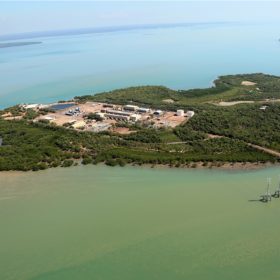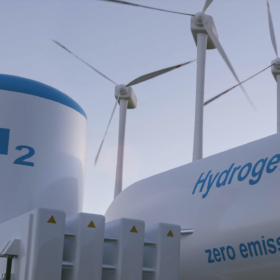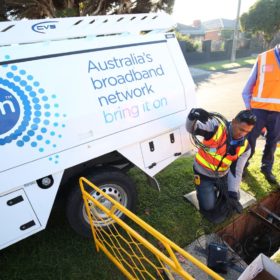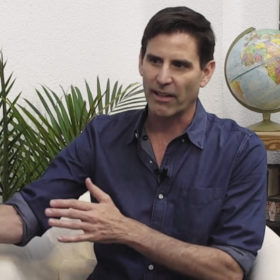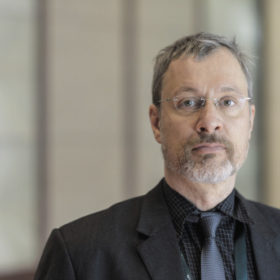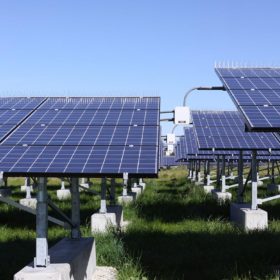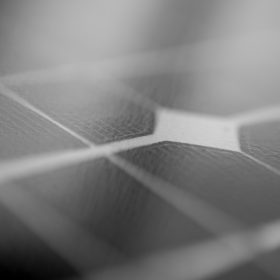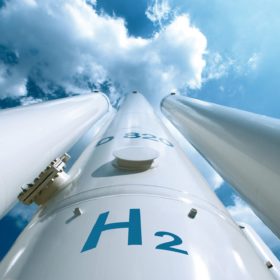Hitachi wins tender for Darwin-Katherine ‘Big Battery’, set to pay for itself within five years
Hitachi Energy has won Northern Territory Labor’s tender for the Darwin-Katherine ‘Big Battery’, which is expected to unlock more capacity for residential and industrial PV, generate cost savings of $9.8 million and pay for itself in approximately five years.
Hydrogen certification scheme trail launched by Commonwealth regulator
Australia’s Clean Energy Regulator will begin trials of its hydrogen Guarantee of Origin scheme. Backed by the Australian federal government, the scheme will aim to align with international standards and provide confidence to trading partners in the burgeoning industry.
Australia’s NBN to be 100% powered by renewables from 2025
Australia’s National Broadband Network Corporation, will be switching to 100% renewable electricity by the end of 2025, as part of the global RE100 renewable energy initiative. It is the first government business enterprise to join, according to RE100 Australia Coordinator, Jon Dee.
Stand out new facility for WA’s in demand stand-alone power systems
Perth-based Hybrid Systems Australia has opened its new much-expanded facility in the Western Australian capital ahead of significant expansion in the outlay of its stand-alone power systems to regional and remote parts of the state.
Grid stability and 100% renewables
New research from Stanford University professor Mark Jacobson seeks to remove any doubts about grid stability in a world powered entirely by renewable energy. The latest study models 100% wind water and solar powered grids across the United States, finding no risk of blackouts in any region and also broad benefits in cost reduction, job creation and land use.
Sunday read: Making cheaper H2
The hype surrounding green hydrogen is real, but does the cost-reduction outlook for its production technologies live up to it? Christian Roselund looks at the technology, transportation, application and enabling policies behind the promising green energy carrier.
Saturday read: China’s path to 100 GW
China is once again the focus of attention across the global solar PV industry. The country’s manufacturers have had a turbulent 2021, but domestic demand remains strong, particularly from the booming residential rooftop segment. Despite the supply challenges, China will likely reach 50 GW this year and possibly even 100 GW next year. Given the dynamic market and policy landscape, pv magazine publisher Eckhart K. Gouras recently caught up with long-time China solar expert Frank Haugwitz, the founder of the Asia Europe Clean Energy (Solar) Advisory (AECEA).
Renewables critical as NEM prepares for Step Change
Large-scale renewable energy generators, including wind and solar PV farms will ramp up to 140 GW from the current 15 GW, more than doubling every decade to 2050 while rooftop solar is expected to increase from 15 GW to 70 GW over the same period as the “accelerating” transformation of Australia’s energy sector continues.
Indian manufacturer plans 1.2 GW module fab
Gujarat-based solar manufacturer Solex plans to have 1 GW of cell and 3.7 GW of module capacity operational in 2023.
‘China, Chile, Spain and Australia will lead the hydrogen economy’
The International Energy Agency said the four nations are on track to contribute 85% of the 18 GW of global renewables capacity which is set to be dedicated to green hydrogen production by 2026. Elsewhere, the Port of Valencia has unveiled a plan to install a green hydrogen supply station in the new year.
